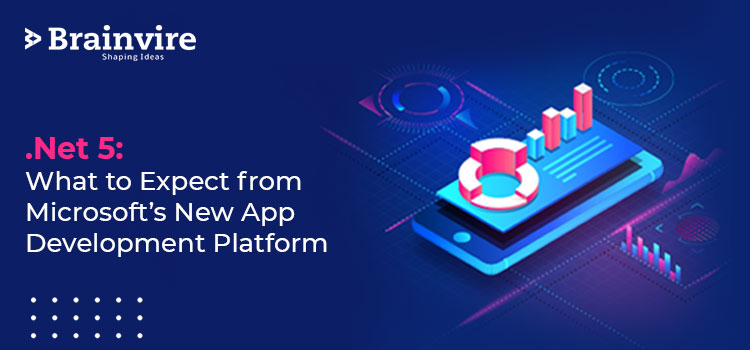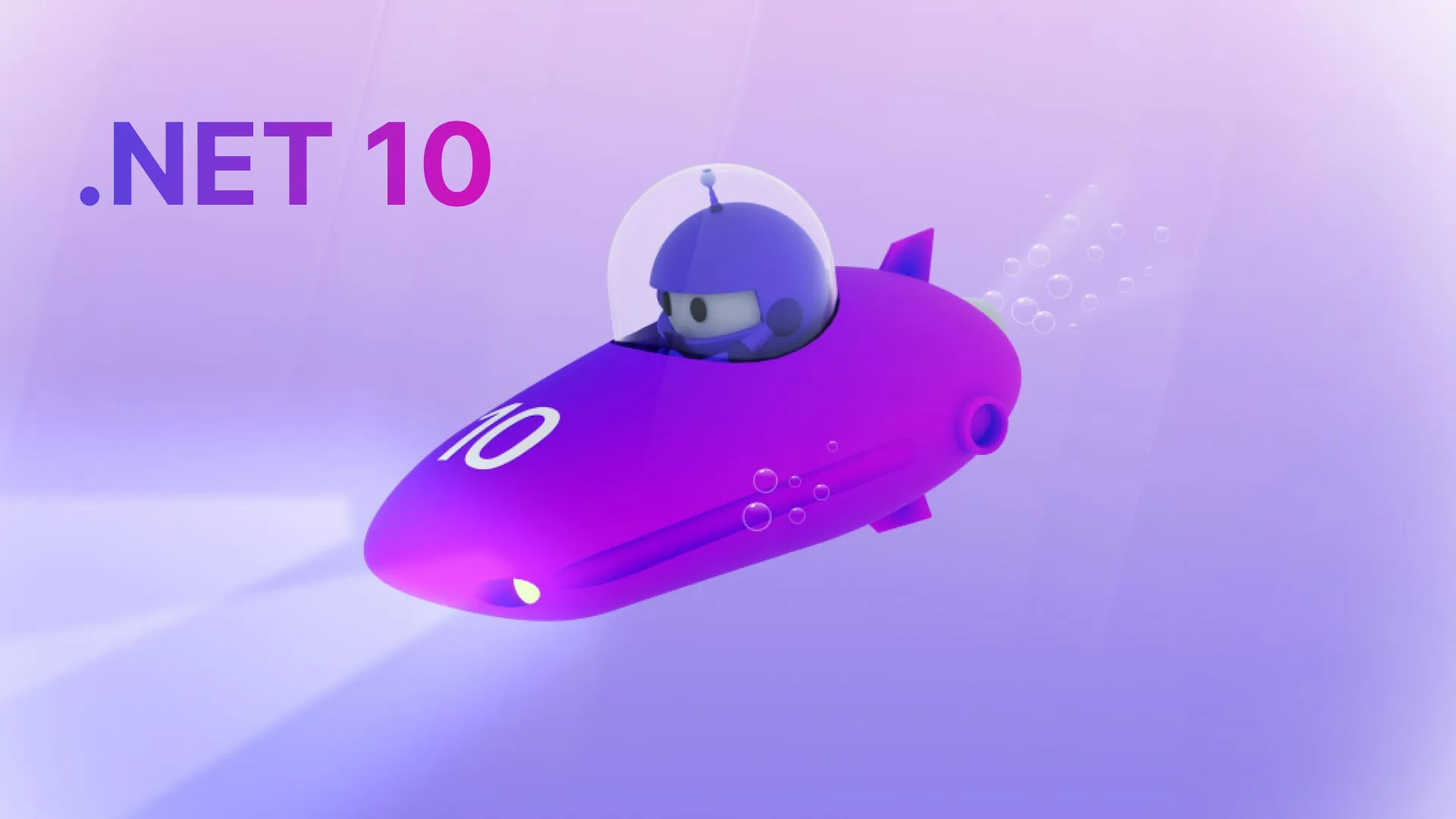
With every passing day, there is news of some new technology being developed or improvements made to existing technologies. In 2019, Microsoft announced the launch of .Net 5. As promised, the new version of Microsoft .Net was released in November 2020.
Experts at ASP.Net development company will agree that this new version is unlike any of the previous versions of .Net released by the big giant. It not only brings a range of new features and improvements but is also going to be the only .Net for various platforms moving forward. Yes, you heard that right. Whether it is an IoT app development, automated supply chain, or a mobile app for retail, you can get it done via .Net 5.
You might be curious and have several questions running in your head at the same time. In this article, we will discuss .Net 5 and its offerings to acquaint you with this new .Net framework.
.Net 5: A Unified Development Platform
The .Net framework is more than a decade old. Since Microsoft introduced the first version of it, millions of applications have been built on it using every feature in it. This framework was initially designed for Windows, but the Common Language Infrastructure gave rise to various versions imitating the .Net runtime to support other platforms.
In a couple of years, Microsoft decided to release. .Net Core with cross-platform compatibility, which is popular among ASP.Net Core development services. In its bid to bridge the gap between multiple versions and offer cross-platform support, the tech player also introduced .Net Core 3 much recently. However, the big hit came with the announcement of .Net 5, the future of .Net as Microsoft puts it.
It represents a long-awaited merger of the .Net framework with .Net Core. A single unified platform, it is powered by the latest features of .Net, .Net Core, Mono, and Xamarin. It enables the provision of APIs, libraries, and run time for the development of applications across web, Windows, mobile, and IoT devices. It is an open-source, cross-platform tool that allows creating apps for Windows, Linux, Legacy Windows, iOS, HTML5, and Macintosh to name a few.
As is clear from its description, .Net 5 was released to provide an improved, go-to platform for app creation. Some of how it improves .Net include:
- A single .Net runtime and framework for use everywhere.
- Provides uniform runtime and developer experiences.
- Extend the capabilities of .Net with the best from .Net framework, .Net Core, Xamarin, and Mono.
- Built on a single code base that developers from Microsoft and the community can work on and improve.
Microsoft numbered the version as .Net 5 to avoid confusion with previous versions of the .Net framework. It also dropped the term ‘Core’ to emphasize that moving forward .Net 5 is the version that supports more apps and platforms than .Net and .Net Core.
Improvements and Features of .Net 5
As mentioned above, .Net 5 is a blend of .Net framework, .Net Core, Mono, and Xamarin. Thanks to .Net 5, developers do not have to worry about choosing between the different frameworks to develop applications.
Since it is next in line after .Net Core, it retains a lot of functionalities from the platform. This includes:
- Open source and community-oriented
- Cross-platform capabilities
- High performance and scalability
- Visual Studio, visual studio Mac, and visual studio code integration
- Command-line interface
- Side-by-side installation
- Small project files
- Support for features from .Net Core, Xamarin, .Net Framework
In addition to this .Net 5 comes with improvements along with new functionalities, which include:
Updates to C#
The .Net 5 previews that were released in May 2019 introduced certain novel abilities, which included the new version of the ASP.Net platform’s programming language. .Net 5 enables C#9, which brings with it several features like:
Top-level statements
You can now use C# with a scripting approach. You can get rid of the layers to feed code in the previous infrastructure as this element allows you to focus on what matters.
Record types
This feature enables you to create reference types with non-destructive mutation, i.e., a class-based type that is unchangeable after creation.
Relational pattern matching
Now pattern matching capabilities are extended to relational operators for comparisons and expressions.
.Net MAUI
So you want to build a cross-platform application. Now, with .Net 5, you can build UI for different platforms through a single project. Yes!
The new version of .Net brings to you a novel way to build user interfaces (UI), which is the multi-platform application UI or the MAUI. Although under process, this open-source framework enables you to develop apps for iOS, Android, and desktop with a single codebase.
The MAUI framework supports both Model-View-View-Model (MVVM) as well as Model-View-Update pattern, which lets you manage UI and any updates efficiently.
Single File Applications
.Net 5 supports single-file applications. This means that you can bundle your application and all its dependencies in a single file to publish and deploy. For instance, if you run a command within a folder of your .Net 5 development project for Linux, you will get a single file for your application for Linux, all dependencies, and .Net runtime.
System.Text.Json API
The new System.Text.Json aims to cut down on serialization and wire costs. It enables ignoring default values when serializing for value type properties. This change brought in the new .Net 5 enables minimizing costs associated with serialization and wiring. This element also can manage circular references when serializing.
Garbage Collection
The Garbage Collection or GC feature is related to memory management. Using the GetGCMemoryInfo method reveals detailed information on the most recent collection.
This method of GetGCMemoryInfo provides information related to the machine, the latest collection, and heap memory. Or it might provide information about the recent collection of the kind of GC being specified, i.e., full blocking, ephemeral collection, or background.
Conclusion
The future of .Net, i.e, .Net 5 is here and is continuously evolving. Up your game in your industry by leveraging the latest .Net Core technology to create an app for seamless business functioning. Connect with an ASP.Net Core development services provider for detailed information and implementation.
Related Articles
-
Azure Security Centre – All You Need to Know!
Before going into the details of what Azure Security Centre is and how does it function, Let us first comprehend and get familiar with Microsoft Azure. Formerly known as Windows
-
Why Enterprises Must Integrate Big Data Analytics with .NET Development
Talking About Why Enterprises Must Integrate Big Data Analytics with .NET Development, Effective and Efficient use of data is what drives business growth today. Every business depends on data to
-
The Game-Changing Features of .NET 10: What Developers Need to Know
You know the feeling when a new software update rolls out—excitement mixed with apprehension. Will it live up to expectations? Will it break existing code? Or will it introduce powerful




